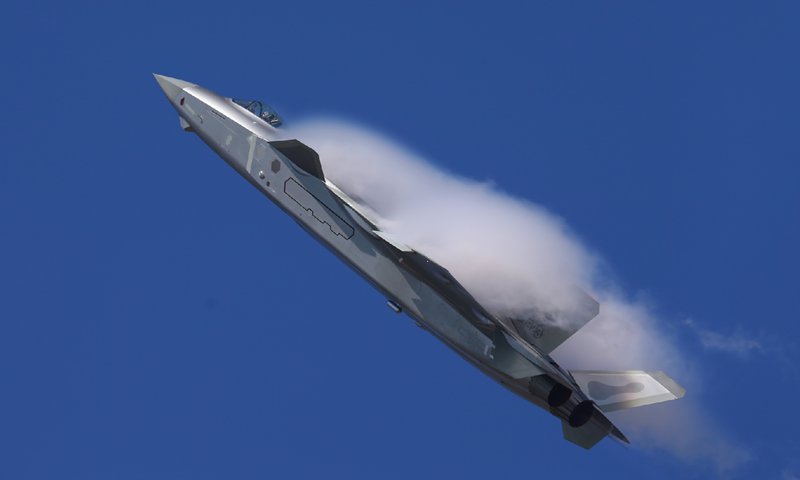SOURCE: AFI

Recent reports circulating in certain media outlets have stirred controversy by asserting that a Chinese fifth-generation J-20 fighter jet achieved a remarkable feat during a simulated combat exercise. According to these reports, the J-20 purportedly brought down 17 Dassault Rafale fighter jets from the Indian Air Force (IAF) without suffering any losses itself. While such claims may grab headlines, they warrant careful scrutiny and consideration.
The initial source of this assertion stems from Chinese state media, particularly the Global Times in Beijing, which touted the purported achievement of the J-20 in a mock combat scenario. According to these reports, the J-20 demonstrated superior combat capabilities by downing a significant number of “enemy” aircraft while evading any return fire.
It is not uncommon for new fighter aircraft to achieve lopsided kill ratios, especially when pitted against older or less advanced counterparts in training exercises. However, skepticism surrounds the veracity of Chinese media’s claims, particularly given the lack of specific details and the absence of independent verification.
Furthermore, it’s important to note that the claim in question was made nearly three years ago, and the identity of the “enemy” aircraft remains undisclosed. Many observers speculate that the mock combat exercise may have involved the Shenyang J-11, a Chinese derivative of the Su-27, rather than the Rafale.
The comparison between the Rafale and the J-20 raises questions about the validity of the exercise itself. While the Rafale is not classified as a fifth-generation fighter jet like the J-20, doubts persist regarding the latter’s true stealth capabilities. Western analysts have expressed skepticism regarding the J-20’s efficacy as a stealth aircraft, citing various factors such as its design and radar cross-section.
Former IAF Chief Dhanoa further cast doubt on the perceived threat posed by the J-20 to India during a press conference. Dhanoa asserted that the radars equipped on India’s Su-30MKI fighters were sufficiently capable of detecting the J-20 from “several kilometers away,” thereby questioning the J-20’s ability to evade detection effectively.
In light of these considerations, the purported success of the J-20 in simulated combat exercises should be viewed with caution and skepticism. Without transparent and verifiable evidence, such claims risk being dismissed as propaganda or exaggerated narratives aimed at bolstering the image of Chinese military capabilities.